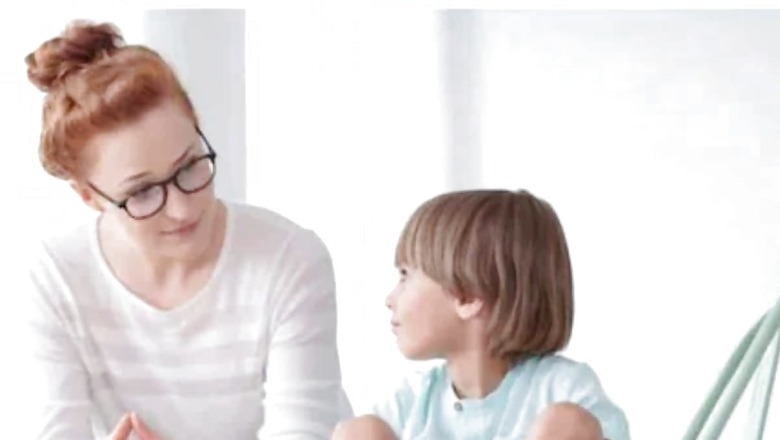
184
views
views
Beyond merely recognising emotions, it is equally important to empower kids to freely express themselves
Parents play a vital role in fostering a nurturing and secure environment that promotes emotional well-being for their children. Beyond merely recognising emotions, it is equally important to empower kids to freely express themselves. If you’re seeking guidance on nurturing your child’s emotional growth, here are five straightforward ways to support their development and prioritise their overall well-being.
- Acknowledge and validate children’s emotionsBy recognising and acknowledging their feelings, even when they may not fully understand them, parents can create a supportive environment. Validating their emotions involves supporting their experiences without requiring them to justify or explain themselves. This approach helps children feel understood and accepted.
- Encourage expressive communicationChildren often benefit from assistance in articulating their feelings to express themselves fully. Parents can play a supportive role by asking open-ended questions that prompt further exploration, helping children effectively process their emotions. This can involve inquiring about specific situations that have triggered similar emotions, allowing children to delve deeper into their experiences and gain a better understanding of their feelings.
- Engage in deeper conversationsFollow-up conversations create a valuable space for delving deeper into a child’s emotions. Parents can initiate discussions that explore the specific aspects of a situation that have deeply affected their child or caused significant distress. By actively listening and asking thoughtful questions, parents can encourage their children to articulate their emotions further and gain a clearer understanding of what they are experiencing.
- Alternate forms of expressionFor children who may struggle with verbal expression, alternative methods can be employed. Drawing or using colours, shapes or animals to represent emotions can provide non-verbal ways for children to communicate. Acting out emotions or symbolising characters that represent specific feelings can also facilitate expression.
- Self-forgivenessOnce children have expressed their emotions, parents can assist them in reframing their understanding of situations, potentially influencing their emotional state. By asking about positive aspects or lessons learned from challenging experiences, parents encourage a more positive perspective and impart valuable coping strategies. By embracing their own imperfections and demonstrating resilience, parents create a supportive environment where children can develop self-compassion and learn to forgive themselves.
- Avoid taking it personallyChildhood is filled with intense emotions, often unrelated to parental behaviour. Each child is unique, making it impossible to always get things right. Taking children’s emotions personally and succumbing to guilt and worry is unnecessary. Parents should prioritise their own well-being and not let every emotional reaction from their child affect them personally.



















Comments
0 comment